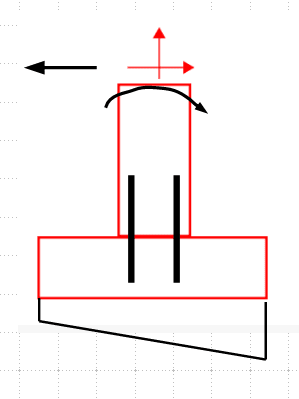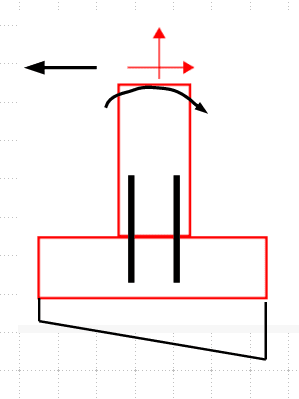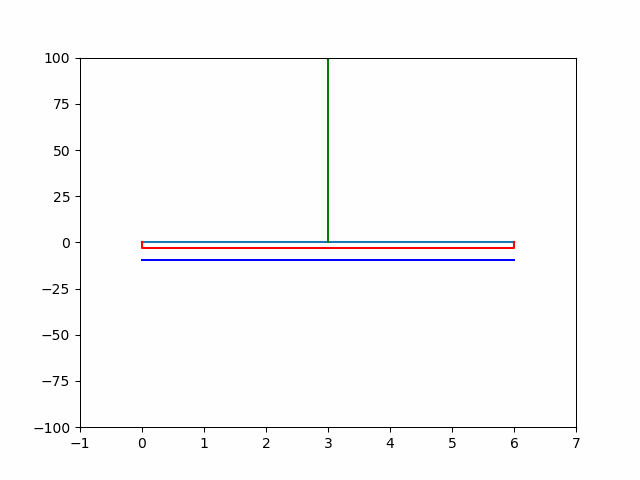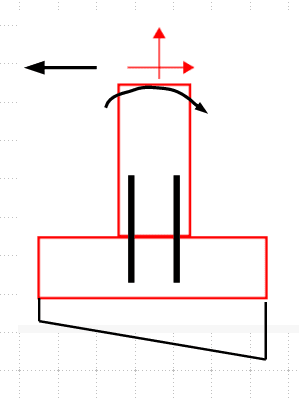LuisUgarte
Structural
Hello!
I am currently working on a PEER review for a steel moment frame building. In the past, I used to check isolated footings against overturning moment, no matter if they are below grade. At this time, there is a dicussion with the EOR, since he thinks that overturning only affects footings that are free to rotate and in our casem every footing is connected to the steel columns of the structure. I´ve been thinking on that and these are my thougths:
- Isolated footings for frames are not subjected to local overturning moment, because they are connected with the rest of the structure and soil below grade makes this difficult, even if grade beams are not present. So, if global building overturning check is satisfied there is no need to check every footing.
-Overturning check is only required for footings of bridge piers, tower tanks or retaining walls where global stability depends on a single footing.
Do you agree with that? What is your opinion? I will appreciate it.
Thank you.
Regards
I am currently working on a PEER review for a steel moment frame building. In the past, I used to check isolated footings against overturning moment, no matter if they are below grade. At this time, there is a dicussion with the EOR, since he thinks that overturning only affects footings that are free to rotate and in our casem every footing is connected to the steel columns of the structure. I´ve been thinking on that and these are my thougths:
- Isolated footings for frames are not subjected to local overturning moment, because they are connected with the rest of the structure and soil below grade makes this difficult, even if grade beams are not present. So, if global building overturning check is satisfied there is no need to check every footing.
-Overturning check is only required for footings of bridge piers, tower tanks or retaining walls where global stability depends on a single footing.
Do you agree with that? What is your opinion? I will appreciate it.
Thank you.
Regards




